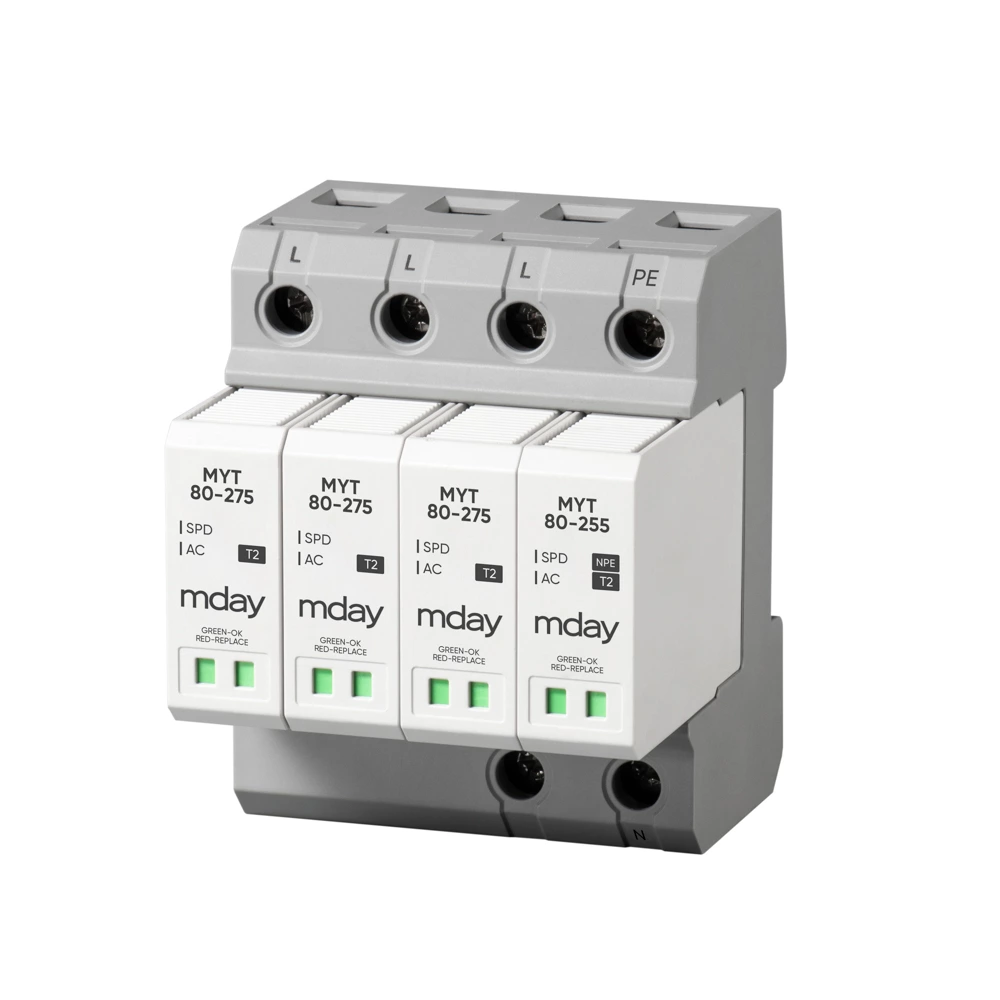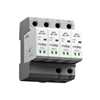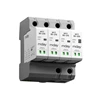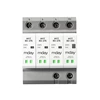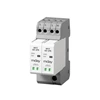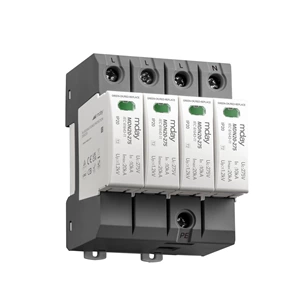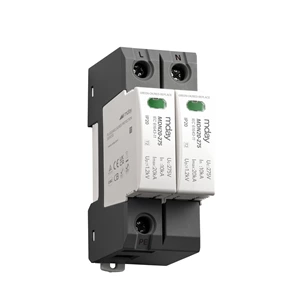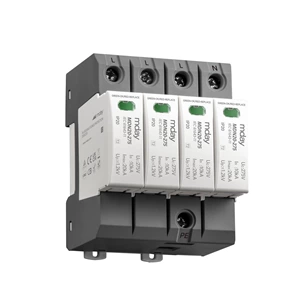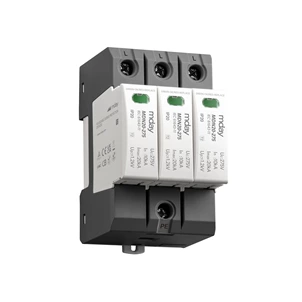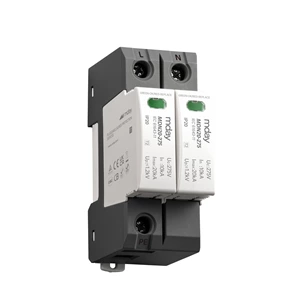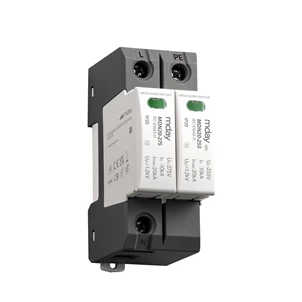How To Choose The Uc Of Surge Protector
The Uc of a surge protector, called the maximum continuous operating voltage, refers to the maximum voltage that the surge protector can withstand without functioning or triggering. It is a key parameter that affects the service life and protection performance of the surge protector, and choosing the appropriate Uc value is crucial!
1. Consequences of too high a Uc value: If the Uc value is chosen too high, the surge protector will not operate when the voltage rises to a level where the electrical equipment may be damaged but is still below the Uc value. For example, if the maximum voltage that the equipment can withstand is 800V, and the Uc value of the protector is set to 1000V, then when the voltage surges to any value between 800V and 1000V, the protector will not function, which may cause damage to the equipment.
2. Consequences of too low a Uc value: On the other hand, if the Uc value is too low, the surge protector may be overly sensitive and frequently triggered, even under normal grid fluctuation conditions, which can lead to an accelerated aging process of the surge protector, greatly reducing its service life or even damaging it.
3. How to choose a suitable Uc value:
⑴. Normally, the Uc value should be higher than the nominal voltage of the power supply system, because the grid voltage may fluctuate slightly during normal operation. If the Uc value is set too close to the nominal voltage of the power supply, the protector may frequently malfunction.
⑵. The following table is the selection requirements for the Uc value in the national standard document GB 50057-2010. The maximum continuous operation of the surge protector should be less than the minimum value specified in Table J.1.1.
l Knowledge: In a three-phase four-wire power distribution system with a neutral line, the line voltage is √3 times the phase voltage. In a three-phase three-wire power distribution system without a neutral line, the line voltage is the same as the phase voltage. Common rated voltages for low-voltage power distribution systems are 220/380 (phase voltage is 220V, line voltage is 380V), 230/400 (phase voltage is 230V, line voltage is 400V), 380V (three-phase three-wire system, common in industry and machinery), and 690V (three-phase three-wire system, common in large motors and high-voltage motor power supply fields).
l The preferred values of Uc in the national standard document GB 18802.1-2011 are: 42, 52, 63, 75, 95, 110, 130, 150, 175, 220, 230, 240, 255, 260, 275, 280, 320, 335, 350, 385, 420, 440, 460, 510, 530, 600, 635, 660, 690, 800, 900, 1000, 1500, 2000
l Uc value calculation method: According to the minimum Uc value selection requirements in the table, if the rated voltage of the distribution system is 220/380, then the minimum Uc value of the surge protector in the power supply system is 1.15X220V=253V. The actual selected Uc value should be slightly higher than the calculated minimum value. Then, according to the above preferred values of Uc value, a voltage slightly higher than 253V is selected as the actual selected Uc value. The actual Uc value can be selected as 260V according to the above preferred values. Taking 380V (IT system without neutral line) as an example, the minimum Uc value is the phase-to-phase voltage of 380V, so the actual Uc value can be selected as 385V according to the above preferred values.
Consideration of Uc value: When selecting the Uc value, in addition to considering the characteristics of the power supply system and electrical equipment, the instantaneous overvoltage conditions that may occur in the power system must also be considered. These overvoltages may come from within the power system, such as equipment switch operation, power failure, etc., or from the outside, such as lightning strikes. These factors may cause overvoltage to the power system, so they should also be taken into consideration when selecting the Uc value of the surge protector.
